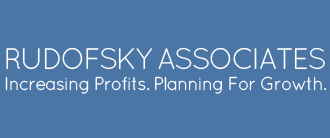Better to Analyze Cash Requirements than to “Launch and Hope”
Starting a new business has its own special risk. In the last few weeks I blogged about two ways that founders of start-ups can lower their risk: 1) making good business decisions based on industry knowledge, and 2) executing well.
A third way is by having knowledge of how much initial funding is likely needed to carry the business from the time it is launched until it reaches a point where it is cash flow positive, especially as new businesses don’t typically have much access to outside funding sources.
It is typically not possible to make an exact estimate of how much this initial funding needs to be, because the nature of a new product or service launch is that the founder has to invest in marketing to “get the word out,” and it’s hard to tell: 1) how effective that marketing will be in terms of stimulating initial trial purchase and 2) how many consumers who try it once will come back and purchase again.
Based on the start-up business owners I’ve met over the years, about half will nonetheless attempt to estimate the funding needed and whether they have the needed funds, before they commit to the venture, fiscally and emotionally. But then there is the other half who get quite a way into things without doing that calculation, either because they are daunted by the uncertainty, they don’t know how to do the math, or perhaps because they are scared by what it might tell them.
What we do in our work with clients is estimate a low side, mid-case and a high side scenario, in order to show how the various marketplace responses translate to cash requirements. Further, there are typically many expenditures of opening up shop which are very predictable, and we are able to project these with a greater degree of certainty, which is all the more reason for doing the exercise. It is always better to model the cash requirements, then to “launch and hope” that the cash on hand will be sufficient.


